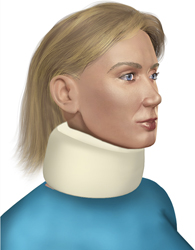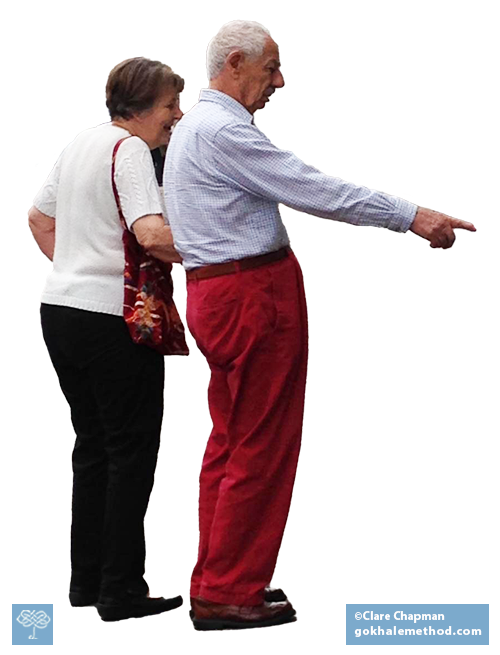How Do I Fix My Neck Pain?
Giving Thanks
The Gokhale Method is Nonnegotiable
Which Shape is Your Spine?
Cultivating a J-Spine with Chair Pose (Utkatasana)
As a student and teacher of yoga and practitioner of the Gokhale Method, I choose yoga poses that make good use of my time. “Chair pose” is well worth the time investment. In fact, it has become one of my favorite strength-building postures. It is useful for cultivating a J-shaped spine. It helps increase gluteal tone. It helps to pattern healthy hip movement. It is strengthening for the legs and spinal stabilizers. And, last but not least, it allows a yoga practitioner to smoothly transition between a standing forward fold and mountain pose — without compression of the intervertebral discs.
Cecily Frederick in chair pose with J-spine visible, overlaid with SpineTracker™ snapshot.
Detail of
My Gokhale Method Experience
I have been practicing massage therapy and bodywork for over 19 years. I believe in the value of massage and love my work. But over the years I noticed many clients kept returning with the same, or related complaints/injuries, over and over again. And this happened even though they diligently performed PT exercises, stretched, practiced yoga etc. I felt there was something missing, something that could help clients retain the benefits of therapeutic work and maintain their good health. For me that answer came when I learned about the Gokhale Method®, a postural re-education method created by Esther Gokhale, author of the bestseller 8 Steps to a Pain Free Back.
My introduction to the Gokhale





